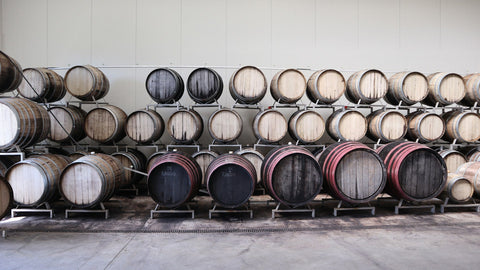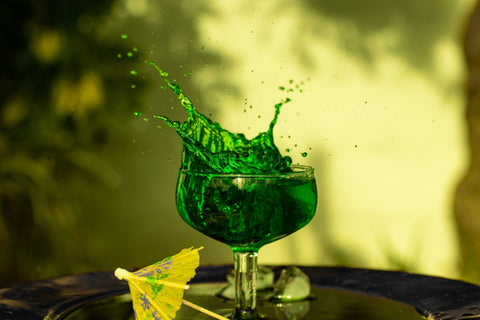Wine fermentation is at the heart of winemaking, transforming grape juice into the complex, flavorful wine we all love. Understanding the wine fermentation process not only enhances your appreciation for wine but also reveals the artistry behind every bottle. In this blog post, we'll break down the essential steps of wine fermentation, explore the science behind it, and discuss how these processes contribute to the unique character of wine.
1. The Beginning: Harvesting and Crushing the Grapes
The journey to a great wine starts in the vineyard. Harvesting is a critical first step, as the timing of the grape pick significantly impacts the sugar levels, acidity, and overall flavor of the wine.
- Harvesting: Grapes are carefully picked at their peak ripeness to ensure optimal sugar and acid levels.
- Crushing: Once harvested, the grapes are gently crushed to release the juice. For red wines, the grape skins are kept in contact with the juice to extract color, tannins, and flavors.
2. The Magic Begins: Fermentation
Fermentation is the process by which the natural sugars in grape juice are converted into alcohol, using yeast as the catalyst.
- Yeast Introduction: Winemakers add either natural or cultured yeast to the grape juice. This yeast begins to consume the sugars present in the juice.
- Sugar Conversion: As yeast metabolizes the sugars, it produces alcohol and carbon dioxide. This transformation is the heart of fermentation, and it typically lasts from a few days to several weeks, depending on the wine style.
- Temperature Control: Maintaining a consistent temperature is essential during fermentation. For white wines, cooler temperatures (50-60°F/10-15°C) are used to preserve delicate aromas, while red wines often ferment at slightly higher temperatures (70-85°F/21-29°C) to enhance extraction of color and tannins.
3. Post-Fermentation: Maturation and Clarification
After fermentation, the wine undergoes several important processes before it reaches your glass.
- Pressing: In red winemaking, after fermentation, the wine is separated from the grape skins through pressing. For white wines, the juice is typically pressed before fermentation.
- Malolactic Fermentation (MLF): This secondary fermentation, common in red wines and some full-bodied whites, converts malic acid (found in green apples) into lactic acid (found in milk), softening the wine and adding complexity.
- Aging: Wine is often aged in barrels or stainless steel tanks. Barrel aging can introduce additional flavors such as vanilla, spice, and toast, while also allowing the wine to develop more nuanced textures and aromas.
- Clarification: Before bottling, the wine is clarified through filtration or fining, which removes sediments and improves its clarity and stability.
4. Bottling: Sealing in the Flavor
The final step in the winemaking process is bottling. This is when the wine is carefully transferred into bottles, sealed, and prepared for distribution and storage.
- Quality Control: Throughout bottling, quality control is paramount. Winemakers ensure that the wine maintains its intended flavor profile and that no oxygen enters the bottle, which could spoil the wine.
- Labeling: Bottles are labeled with important information such as the vintage, grape varieties, and region, allowing consumers to appreciate the wine’s heritage and characteristics.
The Impact of Fermentation on Wine Quality
The fermentation process is not just about producing alcohol—it shapes the entire character of the wine. From the bouquet and flavor complexity to the body and finish, the choices made during fermentation impact every sip. Understanding this process helps wine lovers appreciate the craftsmanship behind each bottle and guides winemakers in refining their art.


